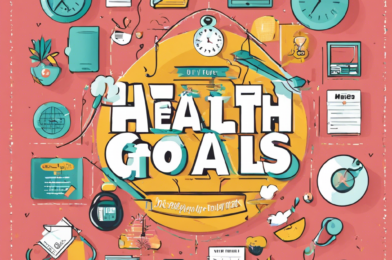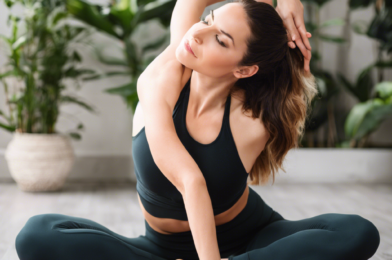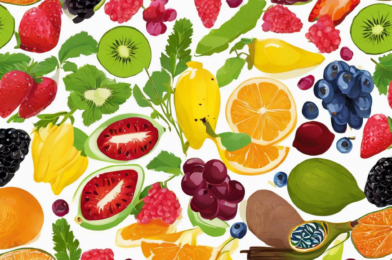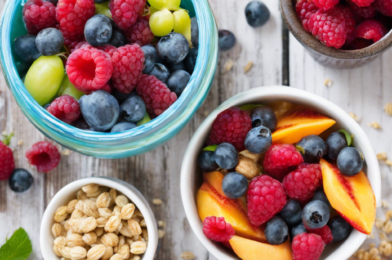Getting a good night’s sleep is essential for our health and well-being, but for many of us, it can be a challenge. Sleep deprivation can lead to a host of issues, from decreased productivity and concentration to mood changes and a weakened immune system. So, what can we do to ensure we’re getting the restorative sleep we need? This ultimate guide will explore tips and techniques to help you improve your sleep quality and wake up feeling refreshed and energized.
One of the most important factors in achieving good sleep is maintaining a consistent sleep schedule. Going to bed and waking up at the same time every day sets your body’s internal clock and promotes a healthy sleep-wake cycle. This practice also helps regulate the production of melatonin, a hormone that plays a crucial role in regulating sleep. Beyond regulating your sleep, sticking to a sleep schedule aids in naturally aligning your body’s daily rhythms, allowing you to feel alert and energized at the right times. It is beneficial to stick to your sleep schedule as closely as possible, even on weekends or days off, to maintain this rhythm.
Creating a calming sleep environment is also key. Your bedroom should be a tranquil and tech-free space, ideally a few degrees cooler than your normal daytime temperature preference. Limit screen time at least an hour before bed, and instead, engage in relaxing activities such as reading, meditating, or listening to soothing music. Ensuring your bedroom is dark, quiet, and comfortable will also help you fall asleep more easily and improve the overall quality of your rest. Consider using blackout curtains, earplugs, or a white noise machine to create an optimal sleep environment, particularly if you live in a noisy or bright urban area.
Regular exercise can significantly improve your sleep, but it’s important to time it right. Morning or afternoon workouts are ideal, as exercising too close to bedtime may make it difficult to wind down. However, if evening workouts are your only option, try to allow a minimum of 2-3 hours before lying down, and opt for less intense or stimulating activities, such as yoga or walking, which won’t interfere with your sleep. Consistent physical activity can regulate your sleep patterns, making it easier to fall and stay asleep. The rise in body temperature during exercise, followed by a drop a few hours later, can also trigger feelings of drowsiness, further enhancing your sleepiness at bedtime.
In today’s fast-paced world, it’s all too common to feel rushed and overwhelmed, which can carry over into our sleep habits. That’s why practicing relaxation techniques is crucial for a good night’s rest. Activities like deep breathing, progressive muscle relaxation, and visualization can help calm your mind and prepare your body for sleep. These techniques are particularly useful if you often find your mind racing or you have difficulty ‘switching off’ at night. There are many apps and online guides available to help you get started with these practices and incorporate them into your bedtime routine.
A restful night doesn’t begin when your head hits the pillow; it starts with the choices you make throughout the day. Caffeine and alcohol can disrupt your sleep, even if consumed earlier in the day. Try limiting your caffeine intake to the morning and reducing the overall amount. Similarly, while a nightcap may help you initially fall asleep, alcohol interferes with your sleep cycles, resulting in disrupted sleep later in the night. It’s also important to avoid heavy, rich, or spicy foods close to bedtime, as they may cause indigestion or heartburn, making it difficult to sleep comfortably.
The blue light emitted by electronic devices can interfere with the production of melatonin, the hormone that helps us sleep. To encourage a good night’s rest, create some boundaries by setting a specific time after which you’ll refrain from checking emails or scrolling through social media. If possible, avoid keeping your phone by your bed, and instead, opt for a traditional alarm clock. This will also remove the temptation to stay connected 24/7 and give you a much-needed break from the constant stream of information.
Napping is a great way to boost your energy levels during the day, but if done incorrectly, it can disrupt your nighttime sleep. If you must nap, aim for 20-30 minutes in the early afternoon. Any longer, and you risk falling into a deep sleep, making it harder to wake up and potentially disrupting your nighttime slumber. Some people function best without naps, while others may require a quick power nap to recharge. Listen to your body and find what works for you.
A comfortable bed and bedding are essential for a good night’s sleep. Invest in a supportive mattress and pillows, and make sure your bedding is comfortable and breathable. Creating a cozy and inviting sleep environment will make it easier to relax and drift off. Additionally, regularly washing your bedding will help keep your sleep environment clean and comfortable. Fresh sheets and pillowcases not only feel and smell good, but they also reduce allergens and dust mites, promoting better respiratory health and a more restful sleep.
Consistency is crucial when it comes to your bedtime routine. Develop a calming pre-sleep ritual that signals to your body and mind that it’s time to wind down. This might include taking a warm bath, reading a book, or practicing relaxation techniques. Keeping your bedtime routine consistent each night helps reinforce your body’s natural sleep-wake cycle. Over time, your body will recognize these rituals as cues to relax and prepare for sleep, making it easier to fall asleep and improving the overall quality of your rest.
Incorporating natural sleep aids can be a great way to promote better sleep without relying on medication. Melatonin supplements, for example, can help regulate your sleep-wake cycle, especially if you’re struggling with jet lag or shifts in your work schedule. Herbal teas containing chamomile, lavender, or valerian root are also known for their calming and sedative properties, making them ideal for bedtime. Additionally, essential oils like lavender or cedarwood can be diffused or sprayed on your pillow to create a soothing sleep environment.
Good sleep hygiene is fundamental to a good night’s sleep, but it’s important to remember that everyone is unique, and what works for one person may not work for another. Experiment with different techniques and practices to find what suits you best. If you consistently have trouble sleeping, it may be a good idea to speak with your healthcare provider to rule out any underlying sleep disorders or health issues. Prioritizing your sleep and adopting healthy habits will empower you to take control of your rest and wake up feeling refreshed and ready to take on the day.
We hope that this ultimate guide will help you transform your sleep and enhance your overall well-being. By making simple changes and adopting healthy sleep habits, you’ll be well on your way to enjoying the restorative power of a good night’s rest. Remember to be patient and consistent as you implement these techniques, and always seek professional advice if sleep issues persist. Sweet dreams!









